



Immortality behind reality: that’s Shreya Shetty’s art.
She’s one of the most interesting illustrators-artists in digital painting, with 3 years of VFX experience at Rhythm and Hues Studios where she worked as a Look Development artist, writing shaders and painting textures for characters and props for films and commercials: Shreya’s creatures are amazingly stolen from other planets full of icy colors and rarefied atmospheres.
But what about her art?
A little chat about!
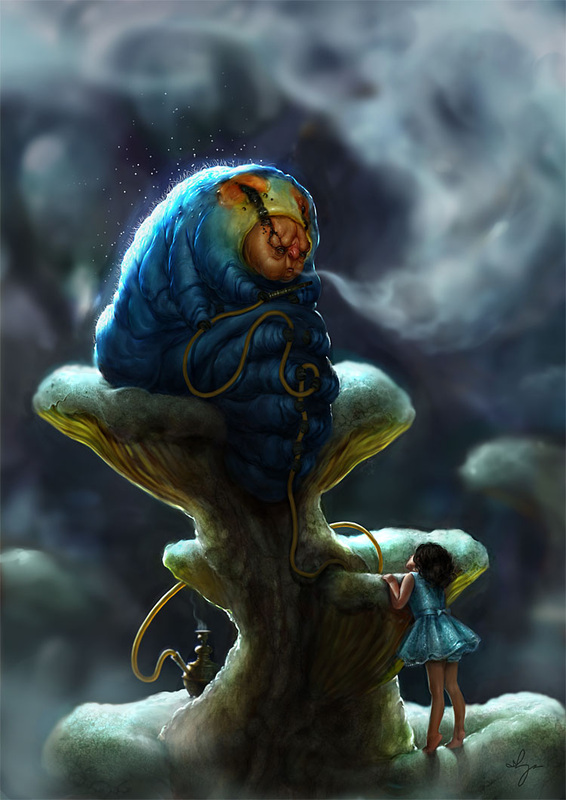
What about your inspiration, from things you see around you to other artists you admire?
I think I get inspired by virtually anything out there. It could be a character description in a book, a beautiful piece of cinematography, photos of weird and wonderful plants and creatures, a piece of music with a certain mood, artwork by other artists and so on. I try to keep myself open to inspiration in whatever form it chooses to take.
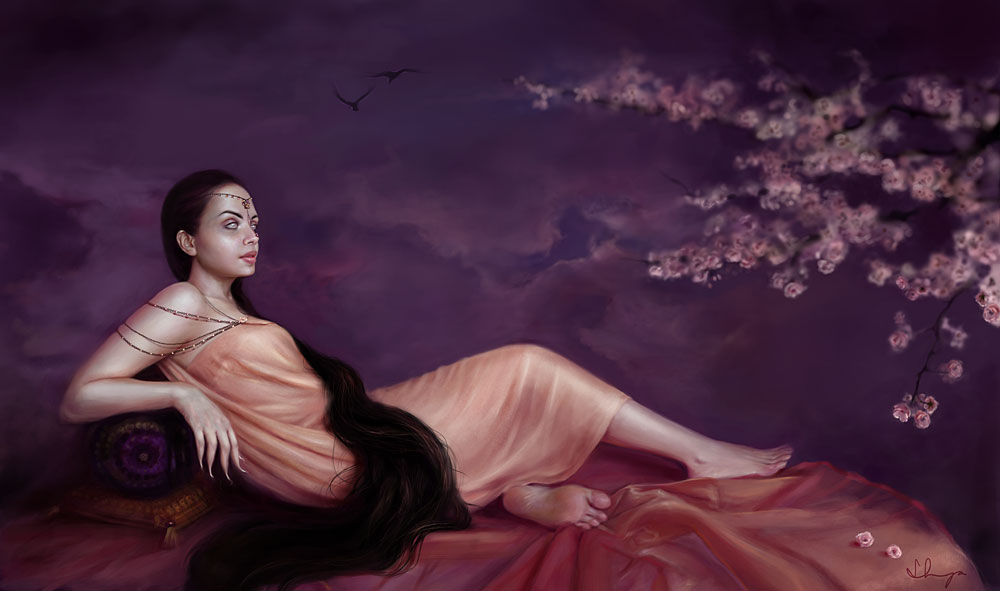
Let’s know more about your studies: I read you weren’t told to become an artist when you were young…
I was just really focused on being a Veterinarian when I was young. I love animals and I thought it would be the perfect career for me. Unfortunately that didn’t work out. I took a break for a year and drew a lot then- mostly just to pass time while I was trying to figure out a new plan in life. That’s when I realized that I really liked drawing and decided to get serious about it. I was always interested in art but never really considered it a career option until that break in my formal education.
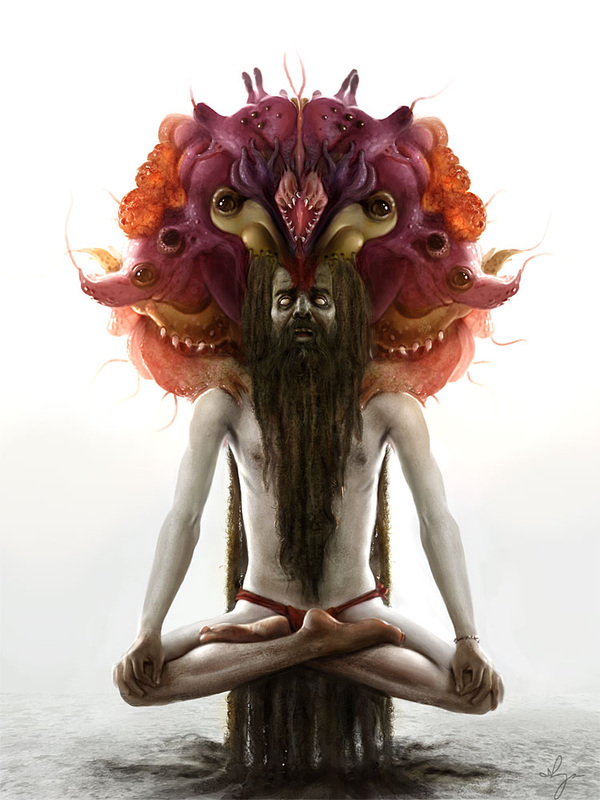
What about working as artist with this digital new techniques of today?
I think it is fantastic that we have so many new tools at our disposal today and we can pick and work with the medium that best suits us. Digital art tools especially have resulted in a new era in art. I think it is fantastic that one can work and rework and make changes and backups on the fly without having to redo the whole piece. The quick turnarounds because of the lack of physical constraints( not having to wait for the paint to dry, or not wasting art material) also means there’s a lot more art that is being produced. When I was in art school, I worked primarily with oil paints and I was always very careful and precious with my paints. With the digital tools, I’ve been a lot more experimental and expressive in my sketches. It’s very liberating to produce art without having to worry about the materials.
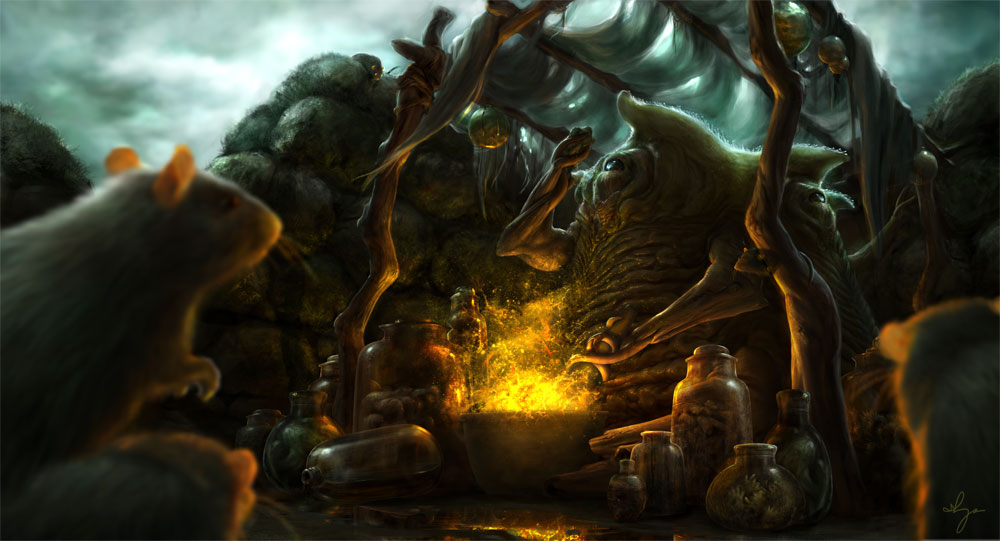
You also worked as look development artist and doing visual effects for cinema and commercials: what about this particular world?
Look development is preproduction aspect of visual effects where you make the 3d model of the character or prop closer to what it should look like in real life. This includes painting textures, adding fur, working on shaders and tweaking them till the material looks like it is supposed to. It is about bringing the concept art to life and is usually highly detail oriented and involves both painting and projecting photo-textures.
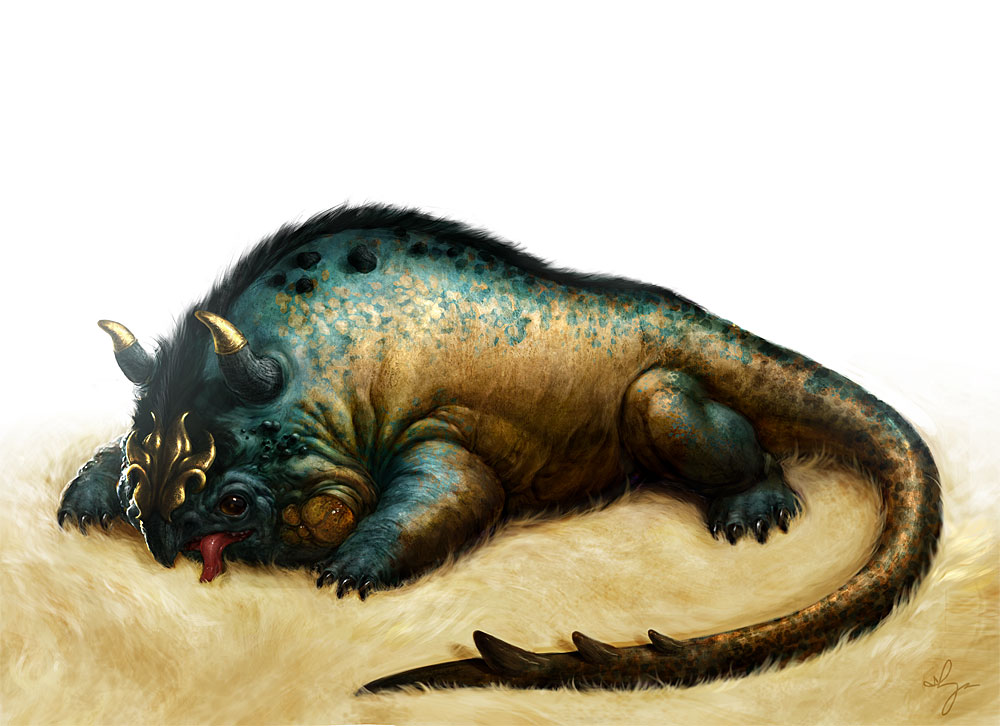
Is there a cinema-project you’re fan of or love to be involved in?
My favorite kind of films are those based on myths, legends, fantasy and science fiction. I’d love to get involved in projects that are based on these, especially if they have really interesting creature-characters. Some of my favorite films are Pan’s Labyrinth, The Dark Crystal, A Nightmare Before Christmas, Spirited Away etc.

What are the main differences, in your opinion, from art in the past to today’s one: from clients to public to the evolution of “painting” itself?
I think with the internet, television, magazines and other kinds of communication that is available today, we have so many resources in our reach that would have been impossible to have 50-100 and more years ago. I can look at artwork from someone in Shanghai or in Paris or Bogota and be inspired from the cultural sensibilities they bring to their art. I think all this exposure has resulted in huge leaps in the art world as a whole.

What young illustrators-artists have to know about this work?
I think most people have this notion that some people just are gifted with an ability to draw and some are not. I believe that hard work and persistence will trump this “natural ability” every time. The important thing is to just practise, practise and practise more. Look at the artists you admire, see what attracts you to their work. Do master-copies, observational sketches and supplement your studies with working from imagination.
It is also very easy to get into drawing habits, being comfortable in what you know and doing the same kind of things over and over. Especially when you are appreciated for a certain style or such, it is tempting to draw to please others. To constantly challenge yourself and to keep pushing your boundaries is very hard, but it is absolutely essential to being a good illustrator.
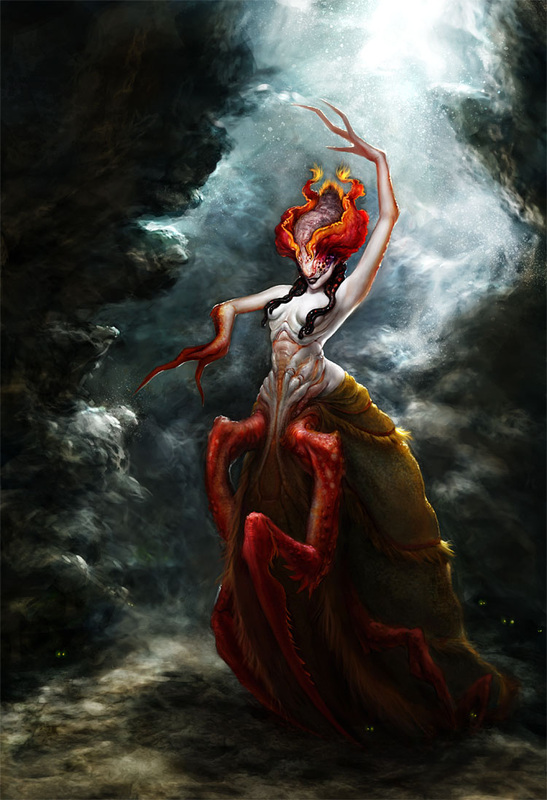
Colors and shapes, shadows and details: what’s more important for you and what about your own technique in working (starting from simple drafts by pencil, or from settings…)?
My pieces all start with the basic concept or idea. I typically make a lot of notes which are usually supplemented by tons of random doodles alongside. I then go on to do some design sketches.This is a phase where I try out different designs for the given subject- I try to vary silhouettes, add in elements of interest, think about patterns and materials and such. Once I have a good idea of what the subject looks like I do a bunch of small composition thumbnails and some mood/color studies. After that it is just a matter of bundling up all of those into the final finished illustration. In all these stages the most important part is to look at how every single mark affects the overall image and not get caught up in painting details right at the beginning.
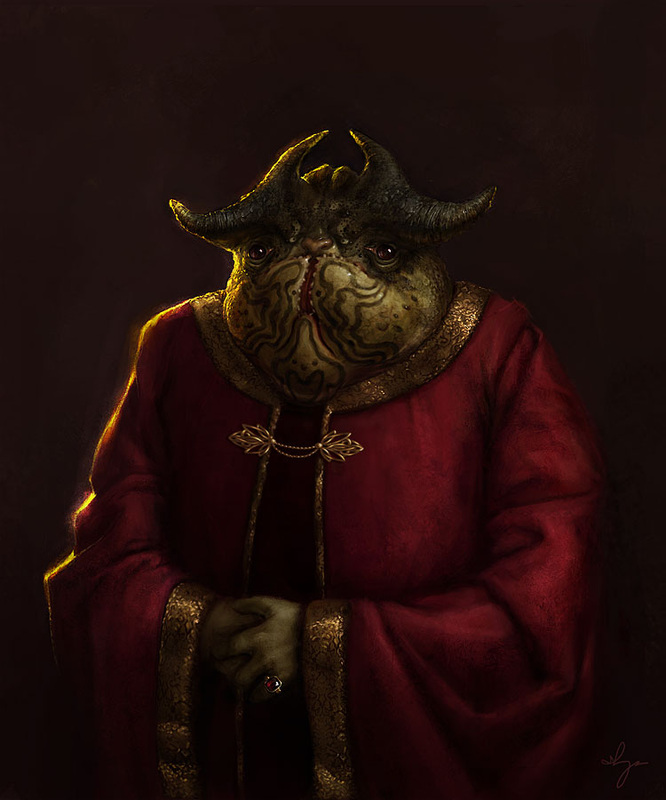
What can attract you in watching your colleagues’ works and why?
When I started out I was more focused on learning to paint form and textures. I think it’s a common fascination for most beginners to try and master painting skin, metals etc. Right now I am trying to improve my composition skills. I look through other artist’s works that I admire and try and figure out how they tackled composition challenges, whether it is composition with line, value or color. Also I’m trying to incorporate more storytelling aspects and dynamic poses in my works and I look at other artworks to learn from them.
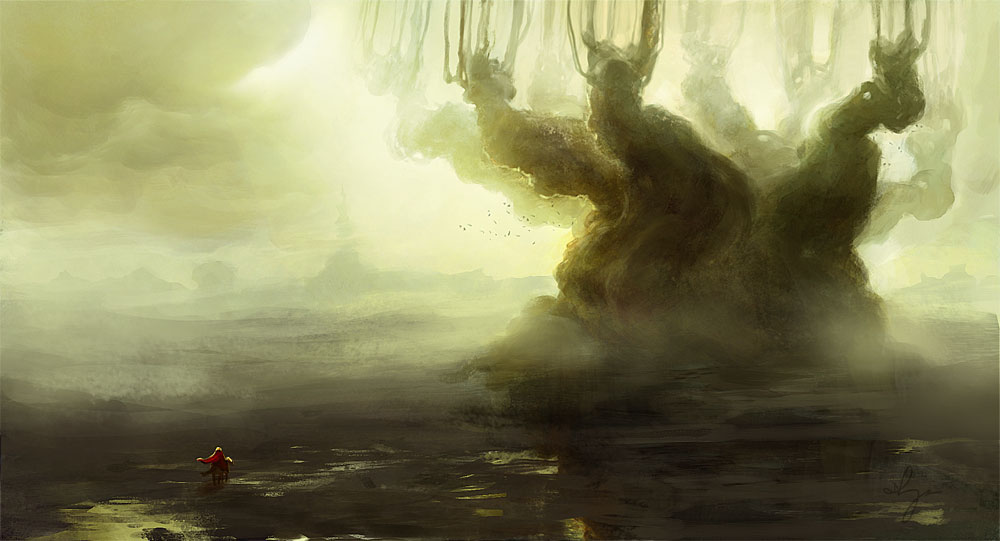
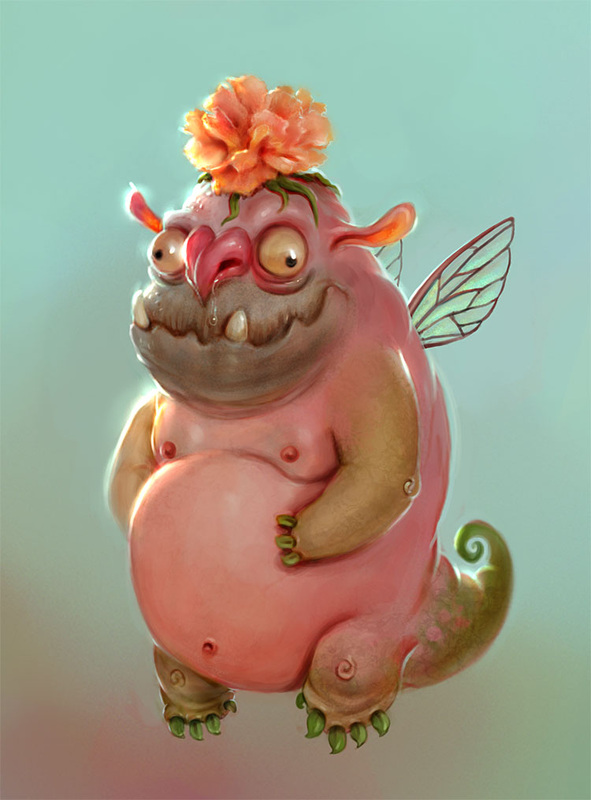
Images: © Shreya Shetty
http://shreyashetty.com
by Ilaria Rebecchi